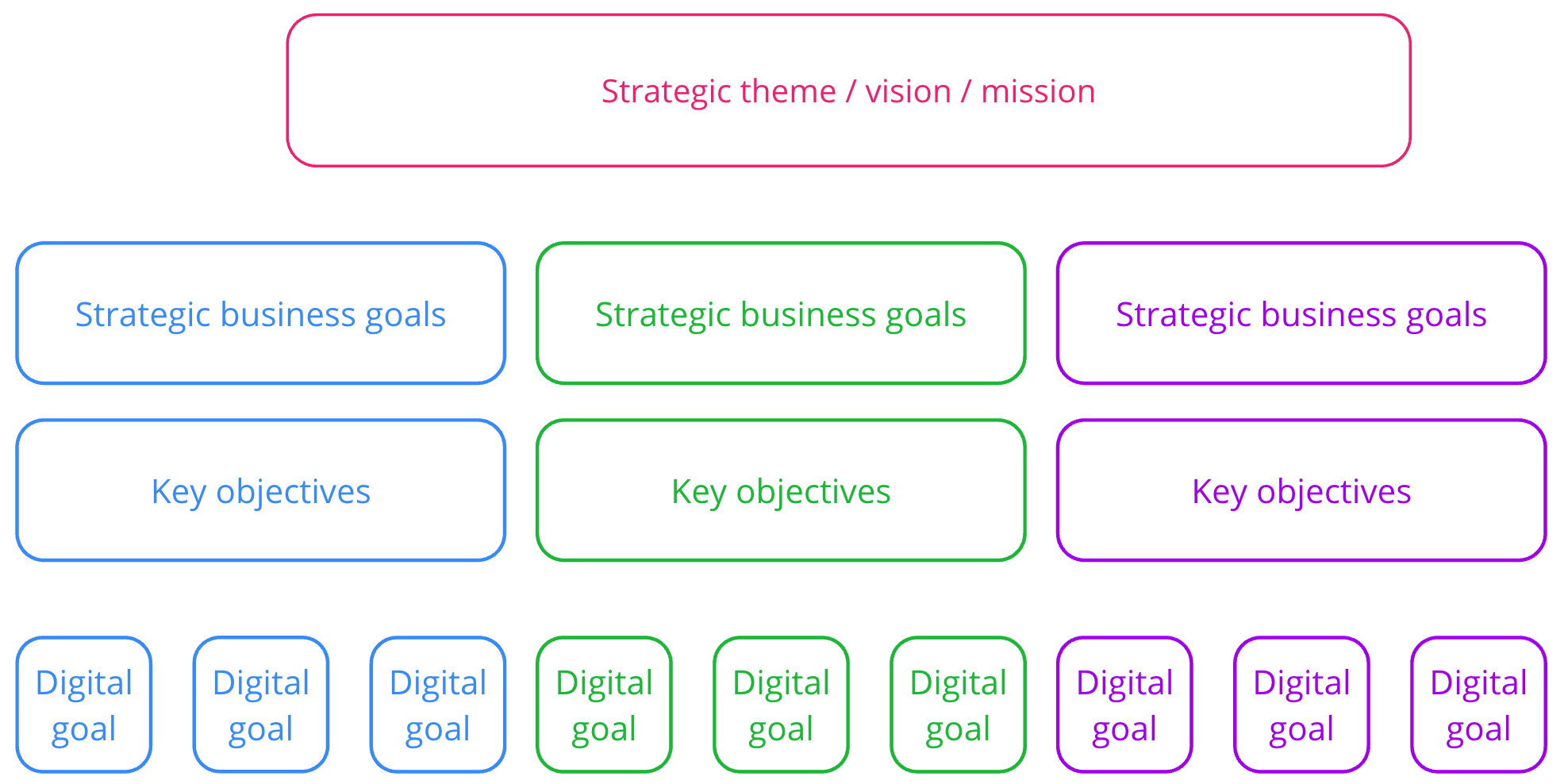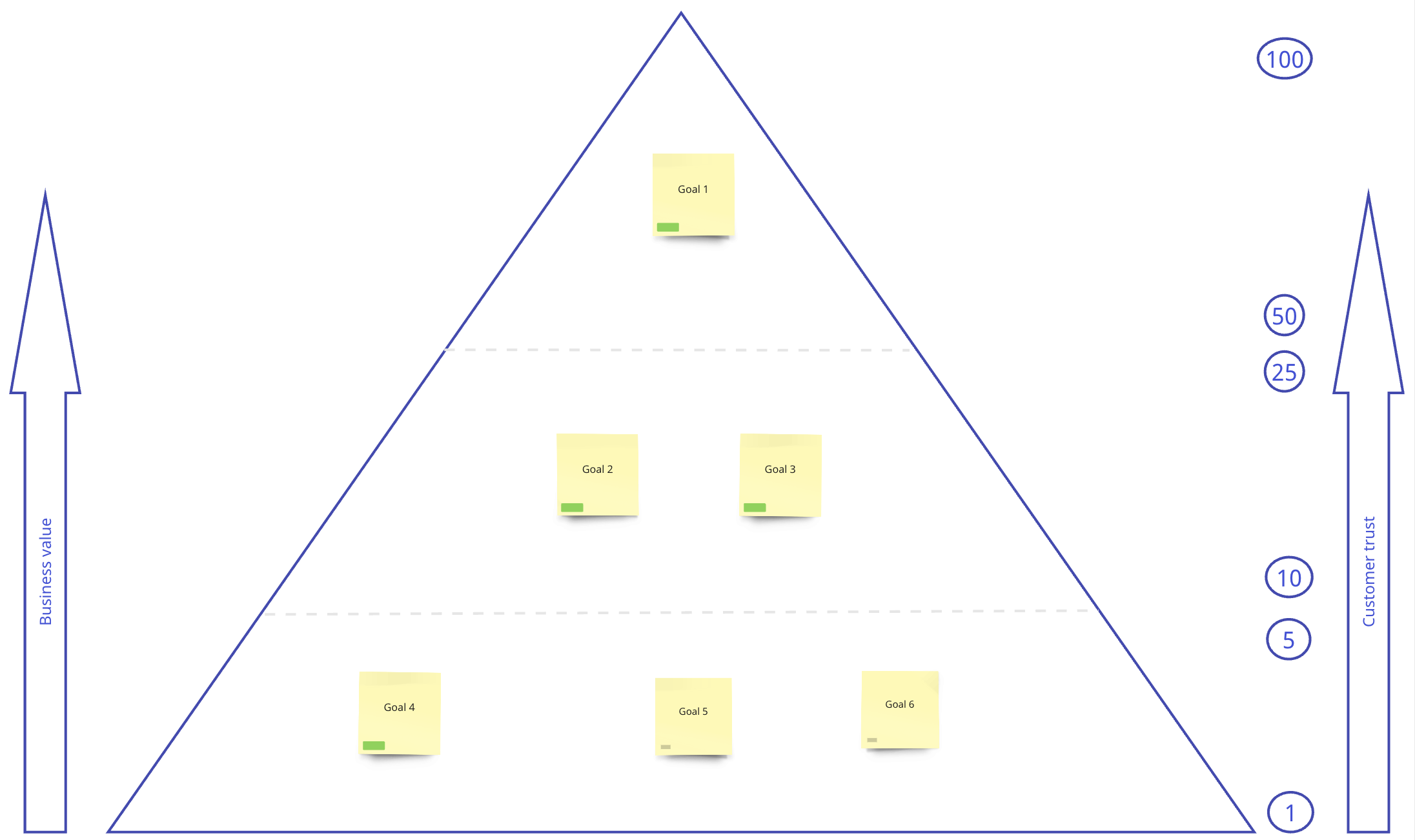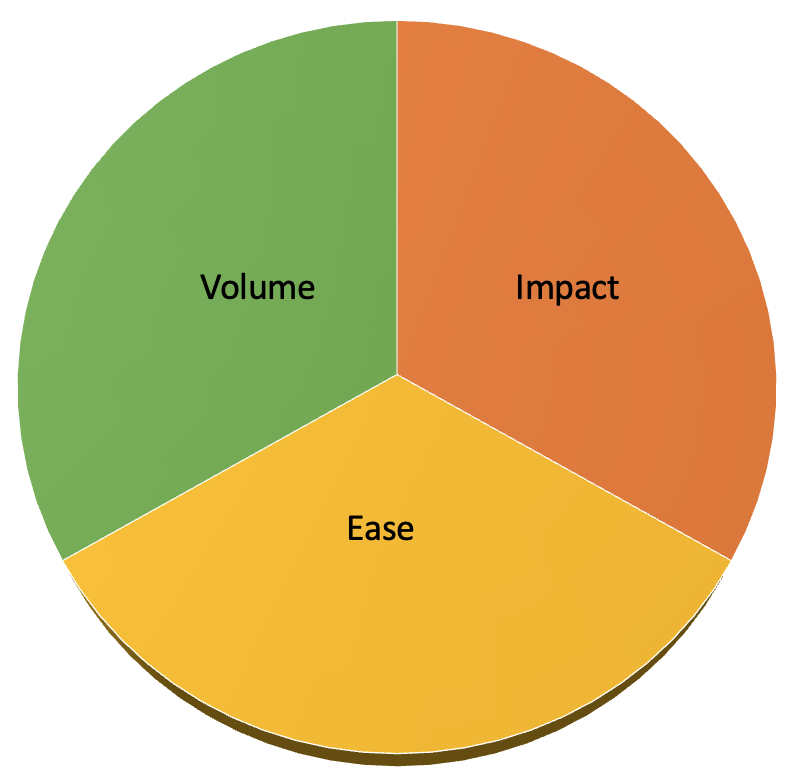Developing an Optimisation Strategy for Digital Success
In today’s digital landscape, developing an optimisation strategy is essential for businesses looking to thrive online. Optimizing your digital presence can lead to
- reduced bounce rates
- increased engagement
- greater customer loyalty
- higher conversion rates
- increased average order value.
Moreover, personalization has emerged as a key driver of revenue, with statistics showing that consumers are more likely to engage with and purchase from brands that offer tailored experiences. In this article, we will outline the comprehensive approach we use to develop an optimisation strategy that will not only enhance your online presence but also guide your growth in digital maturity.
Aceik is Australia’s leading Sitecore agency. Whilst we specialise in helping our clients optimise the business value from their Sitecore investment, our approach to optimisation strategy is not limited to the Sitecore ecosystem. The methodology we use below is based on Sitecore Business Optimisation Strategies, however, the approach can be applied across whatever martech stack you use. We have had great success using this approach within Sitecore’s platform DXP environment as well as across a SaaS composable portfolio. We have also applied this approach using other platforms and tools, such as Umbraco CMS and the Google Suite. In fact, the methodology we use is most powerful when applied broadly across your entire digital ecosystem.
The Why: The Value of optimisation
Optimisation is not just a buzzword; it’s a proven method to achieve digital success. Here’s why it matters:
- Improved Metrics: Optimisation leads to reduced bounce rates, increased engagement, greater customer loyalty, higher conversion rates, and increased average order values, resulting in better overall performance.
- Personalization Drives Revenue: McKinsey research highlights the multiplying value of personalization in marketing and sales. Tailored experiences have become a significant revenue driver (Reference).
- Consumer Preferences: A staggering 80% of consumers are more likely to purchase from brands that provide tailored experiences, showcasing the importance of personalization in capturing and retaining customers (Reference).
- Loyalty Impact: Approximately 70% of consumers state that their loyalty to a brand is influenced by how well the brand understands their individual needs (Reference).
Developing Your optimisation Strategy
To create a successful optimisation strategy, we use the following methodology:
Audit and Analyze
- Assess your current digital landscape, including customer data models and analytics tools.
- Analyze existing data to understand things like traffic sources, engagement metrics, site paths to purchase, and campaign tracking. What insights can we derive from this data about what your site users expect, need, and hope to achieve on your website?
- Build a clear picture of your current state – both in terms of the data, metrics, and analysis that already exists within your business, and also what your current site performance looks like. Consider in particular where the gaps and clear areas for improvement/quick wins are.
Strategic Framework
- This will become your north star and ongoing guide as we implement your optimisation strategy
- Your framework should be capped by your business vision, which is supported by a few key pillars of your topline business goals. Supporting those business goals, we identify key marketing objectives, which have their own supporting digital goals.
- The framework thus provides the structure of a digital measurement model, where all your digital site goals ladder up to support marketing and business goals. No digital goals exist in isolation – they each have a clear context and purpose for tracking, measurement, and reporting.

Engagement Value Scale
- Once we have identified your key digital goals, they can be evaluated in terms of their business value and customer importance. Rank the goals by assigning a numerical value to create a clear goal hierarchy.
- In addition to value, we should establish clear goal benchmarks based on current performance, as well as set target metrics to aim for over time.
- Reporting views of current value and conversion rate should enable you to leverage these measurement markers (current, benchmark, target) so that you can precisely track the relative impact of optimisation activities over time.
- Note that the way you implement goal value will vary depending on which analytics tool you use.

Audience Journeys and Segments
- Optimisation tactics require a clear understanding of your website users. We should identify all your key audience groups and their journeys through your site, including the key decision-making moments and conversion points.
- Note that whilst most organisations will have some kind of audience personas, often these are based on human characteristics, such as age, demographics, stage of life etc. These may be a good starting point, but more useful for our optimisation strategy will be personas based on actual digital behaviours.
- Using your existing analytics, combined with an understanding of your audiences and business goals, we can break down your audiences into smaller segments. We suggest considering a combination of implicit and explicit characteristics. Implicit characteristics can be derived from browsing behaviour, and patterns of site interaction. Explicit characteristics are clear data points we can extract from visitor activity, such as browser or device type, number of site visits, etc.
- The end result is that we have a list of your key audience segments to be ranked in terms of priority for optimisation. The ranking should consider factors such as the potential volume of site visitors in this segment, the impact this segment has on your business success, and the ease by which we can identify this segment, using the explicit and implicit characteristics.

Digital Relevancy Map
- Each of your prioritised audience segments will have a unique set of characteristics and requirements that can be captured in a digital relevancy map.
- For this step, we will work with you to build a matrix for each segment that identifies the specific content needs, segmentation triggers, key goals, and other requirements that will be needed to build optimization experiences
- The purpose of this step is to understand and scope out all the necessary supporting information required to build effective optimisations tailored for each segment.
Ideation and prioritisation
- With all the hard work completed, it’s now time to have some fun!
- With your key goals, audience segments, and strategic framework handy, we will work with you to generate a list of ideas on what you can do on your website that may positively impact (optimise!) the experience for each of your prioritized segments.
- The goal here is to generate more than enough ideas – there are no limits for the purposes of brainstorming.
- For each idea (or ‘tactic’), we need to specify the targeted segment, the goal (e.g., increasing newsletter sign-ups), and the details of the experience we want to provide. In working through these details, it may become obvious that some ideas are not feasible or not really that important.
- Tactics may include personalizations or A/B tests, each grounded in a hypothesis (e.g., “By changing X to Y, we expect Z because…”).
- Once we have a list, tactics should be prioritized. Again, we can use volume, impact and ease to guide this process.
Roadmap and playbook
- With your tactics prioritised, we can map these into a schedule over time. Optimisation is an ongoing activity that should be informed by data and reflect a true iterative process where each result informs future tactics. Optimisation also requires the building of the internal ‘muscle’ to manage the implementation, smartly interpret the results, and effectively communicate the impact to your business stakeholders.
- For these reasons, we will work with you to build a realistic roadmap of optimisation tactics over time that is realistic but achievable.
- Everybody always wants ‘quick wins’, so this is a key inclusion in every optimisation roadmap we build.
- And lastly, it’s important to keep your optimisation strategy together. We build a playbook with you that contains all your optimisation elements, ideas and outputs, including each tactic, the resulting insight, and all future ideas. This playbook is your ongoing source of optimisation truth.
Conclusion
Developing an optimisation strategy is a necessity for businesses looking to succeed in the digital landscape. It allows you to harness the power of personalization, meet consumer expectations, and drive revenue.
The good news is that whilst not necessarily easy, developing an effective optimisation strategy is very achievable. We would love to work with you to guide you through our methodology to enhance your online presence, improve your user experience, and help you achieve your business objectives, faster. Remember that the journey to digital maturity is an ongoing process, and continuous optimisation will keep you ahead in the ever-evolving digital world.



